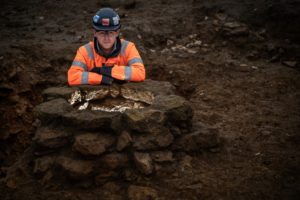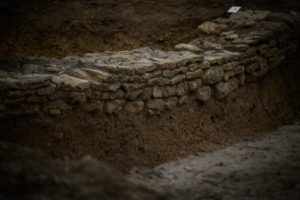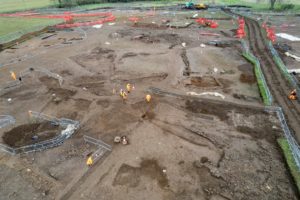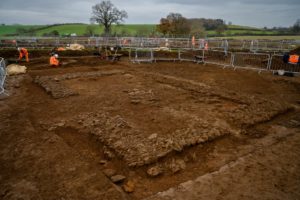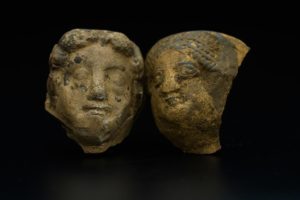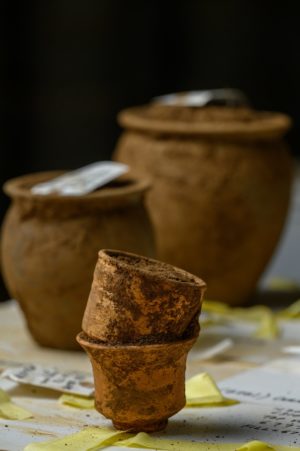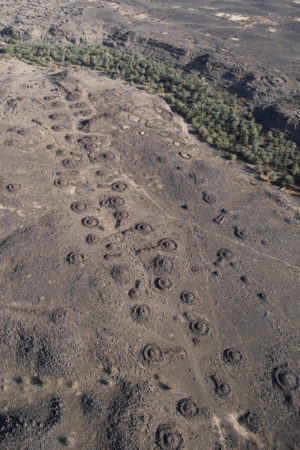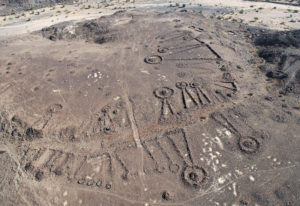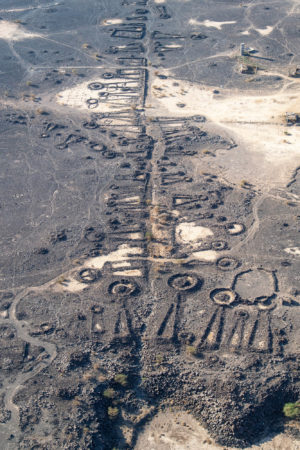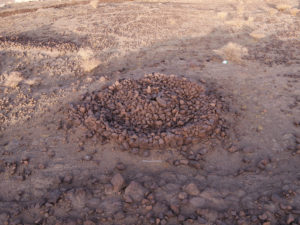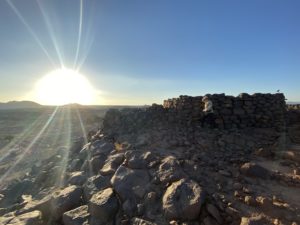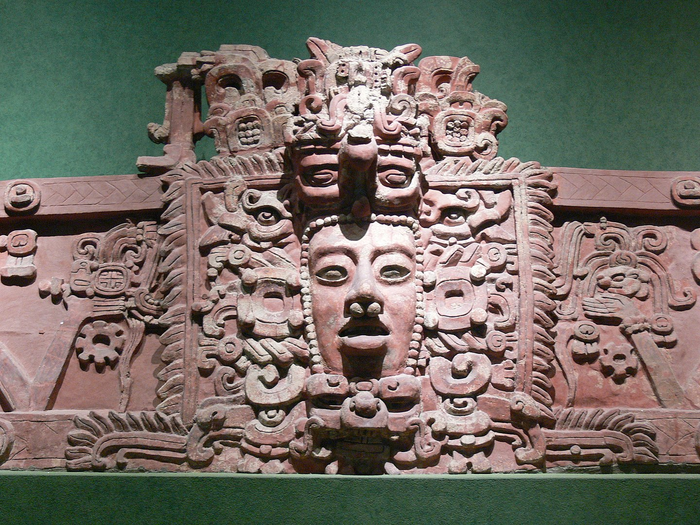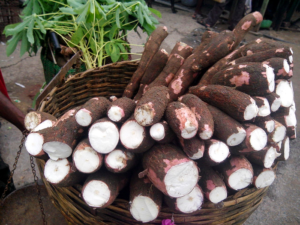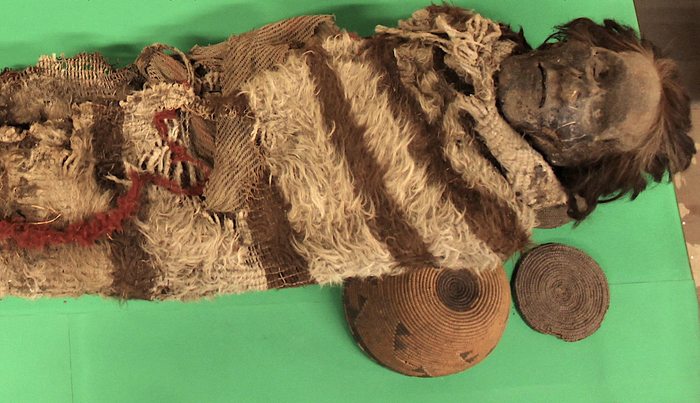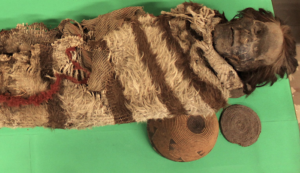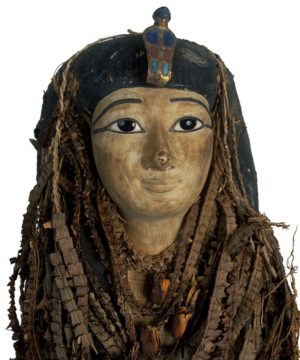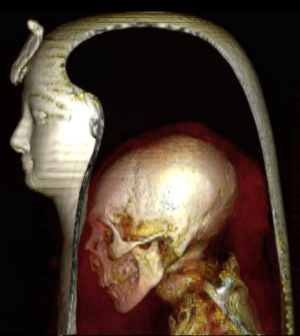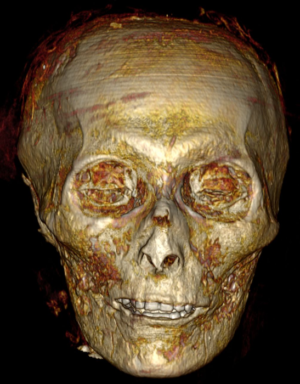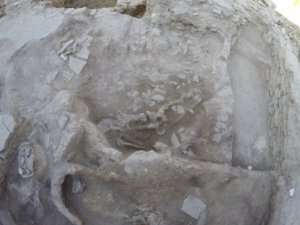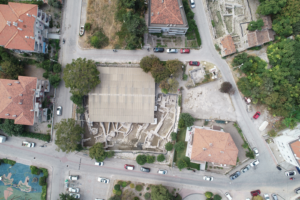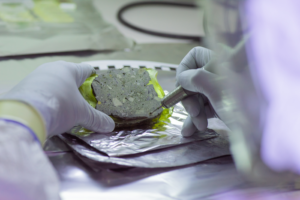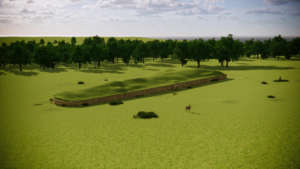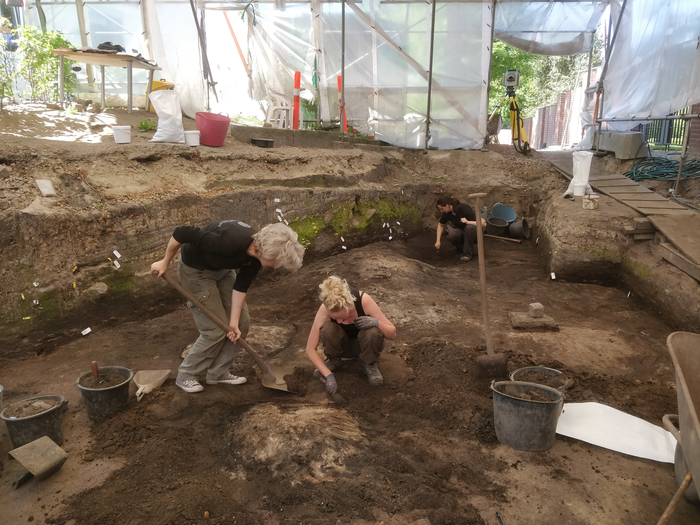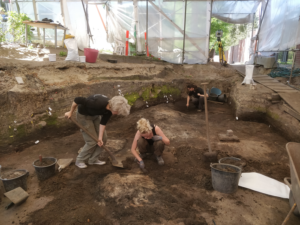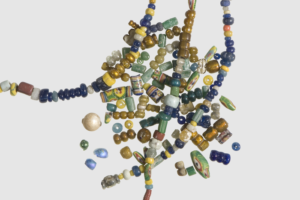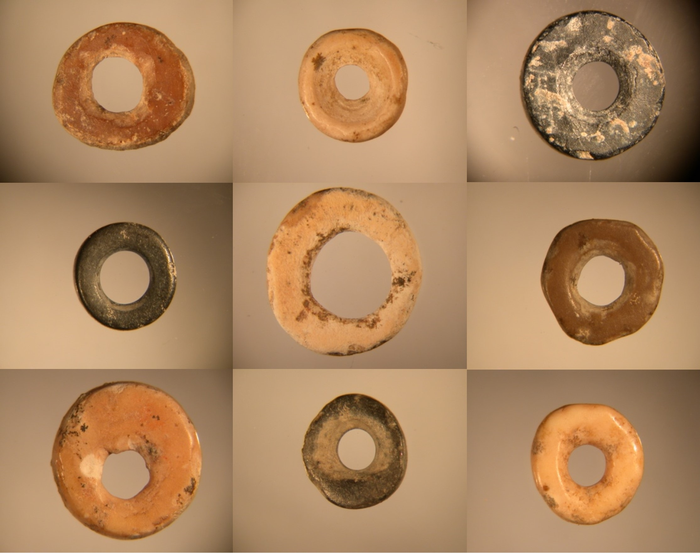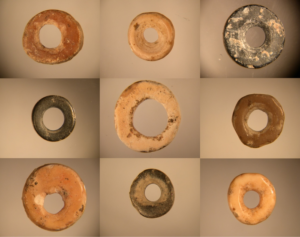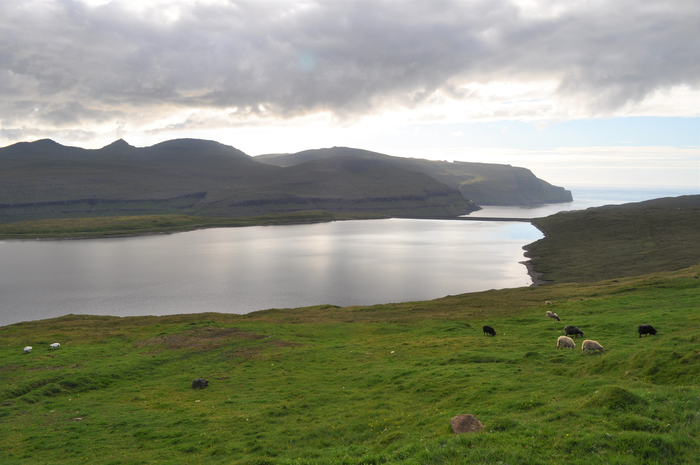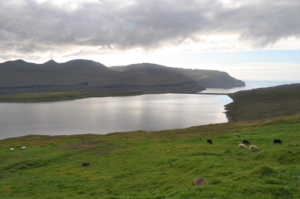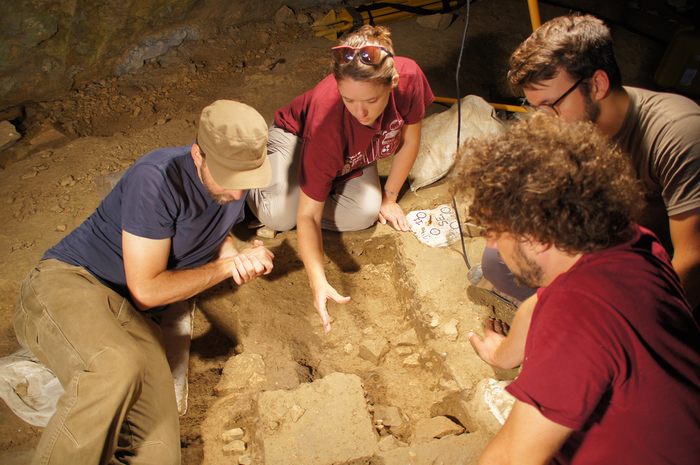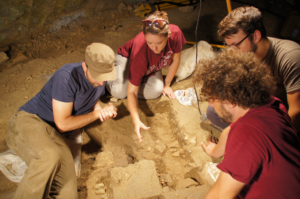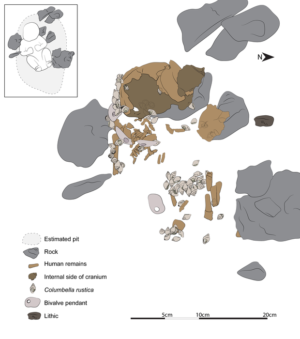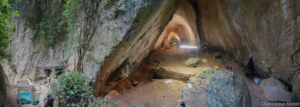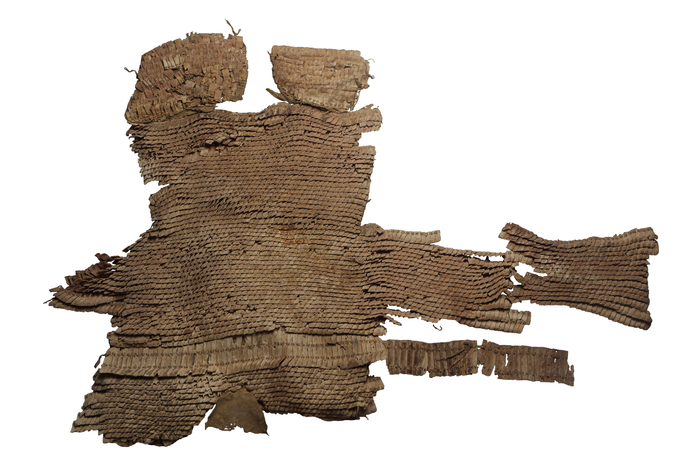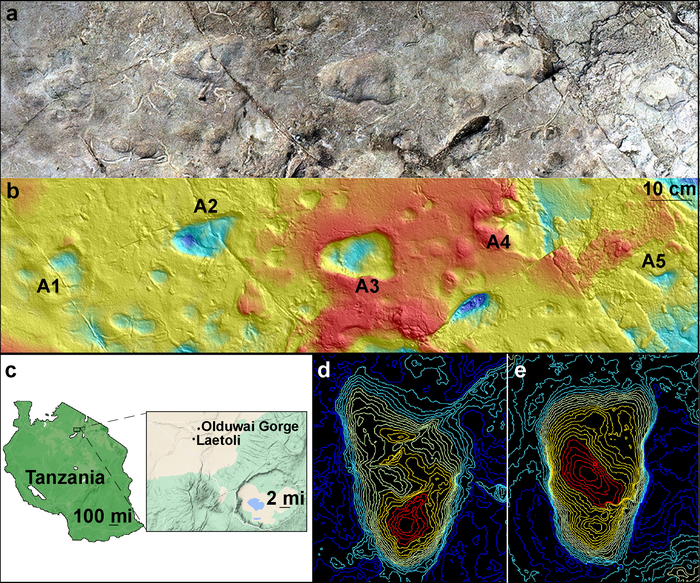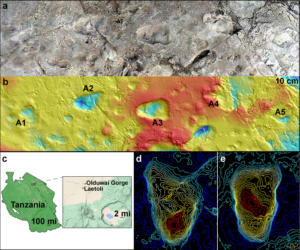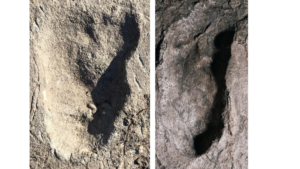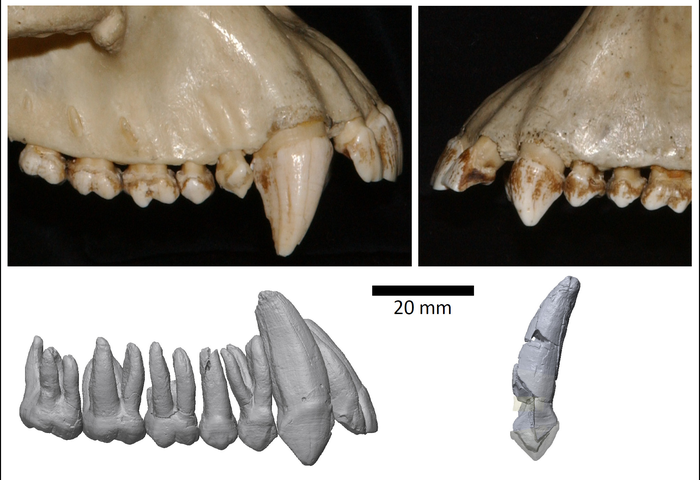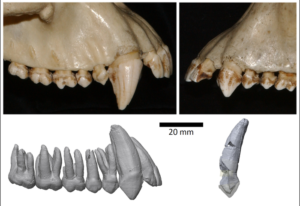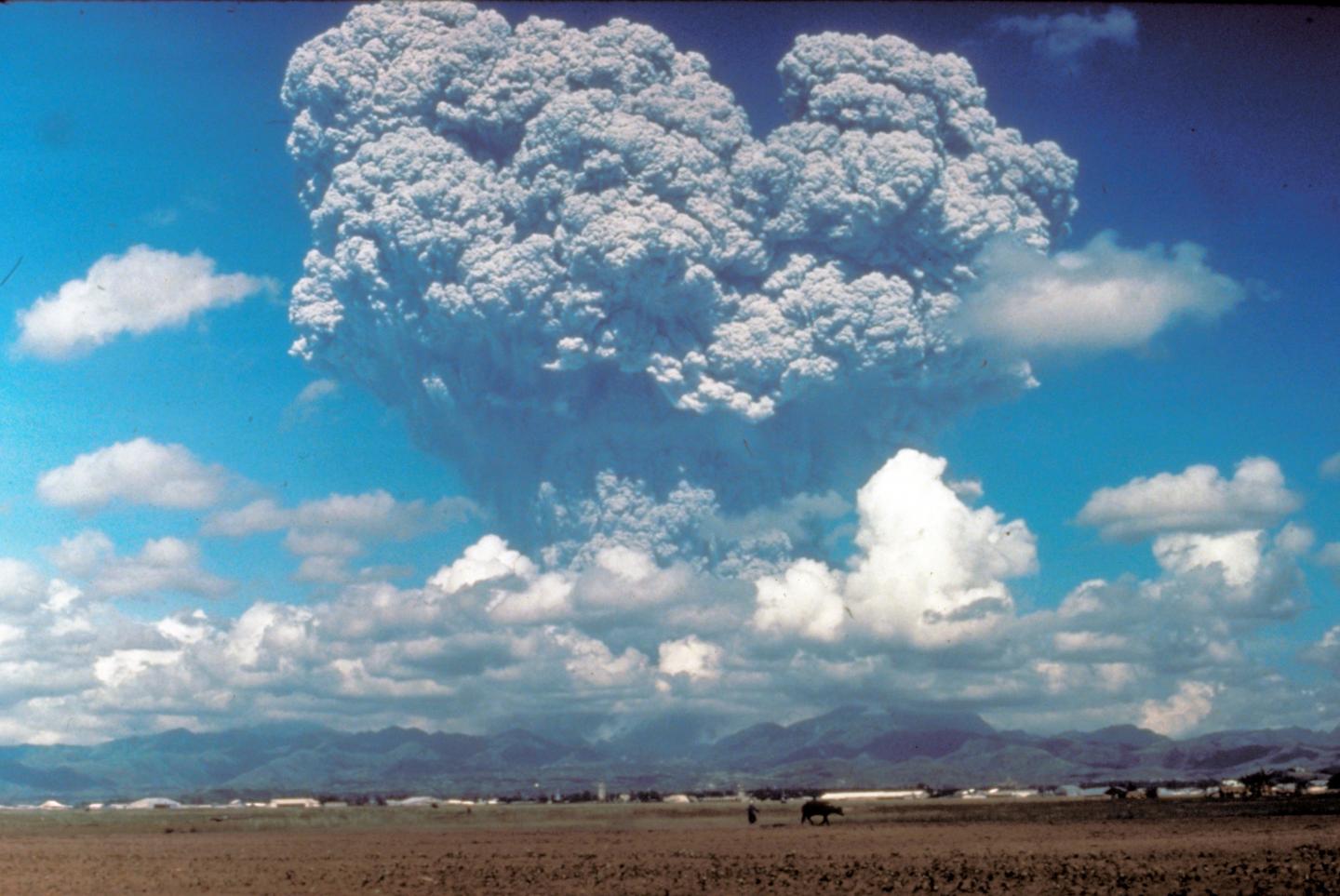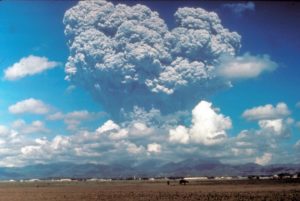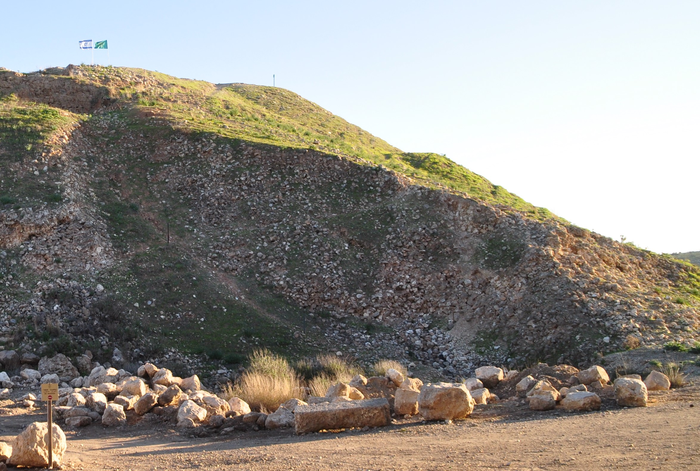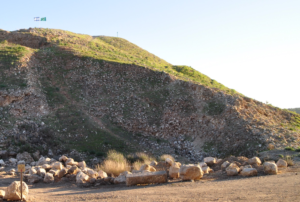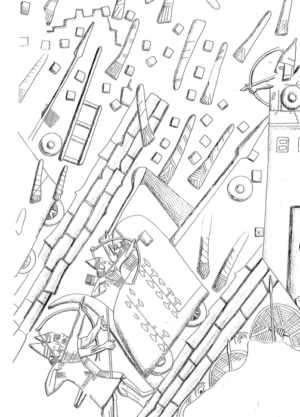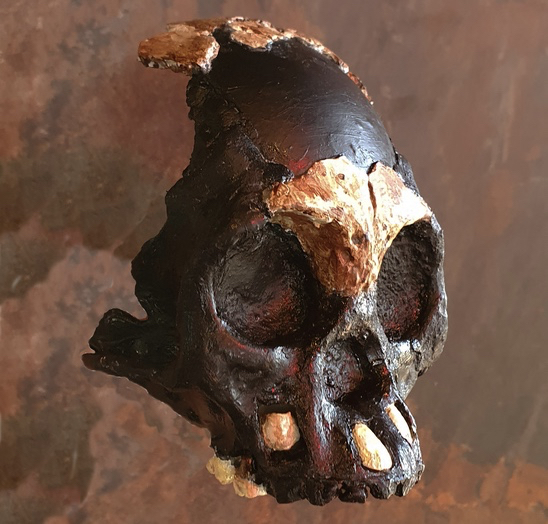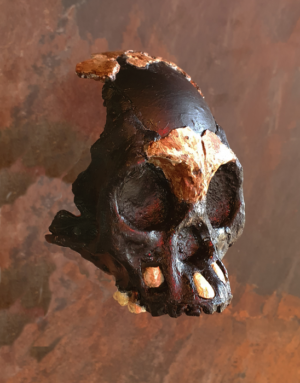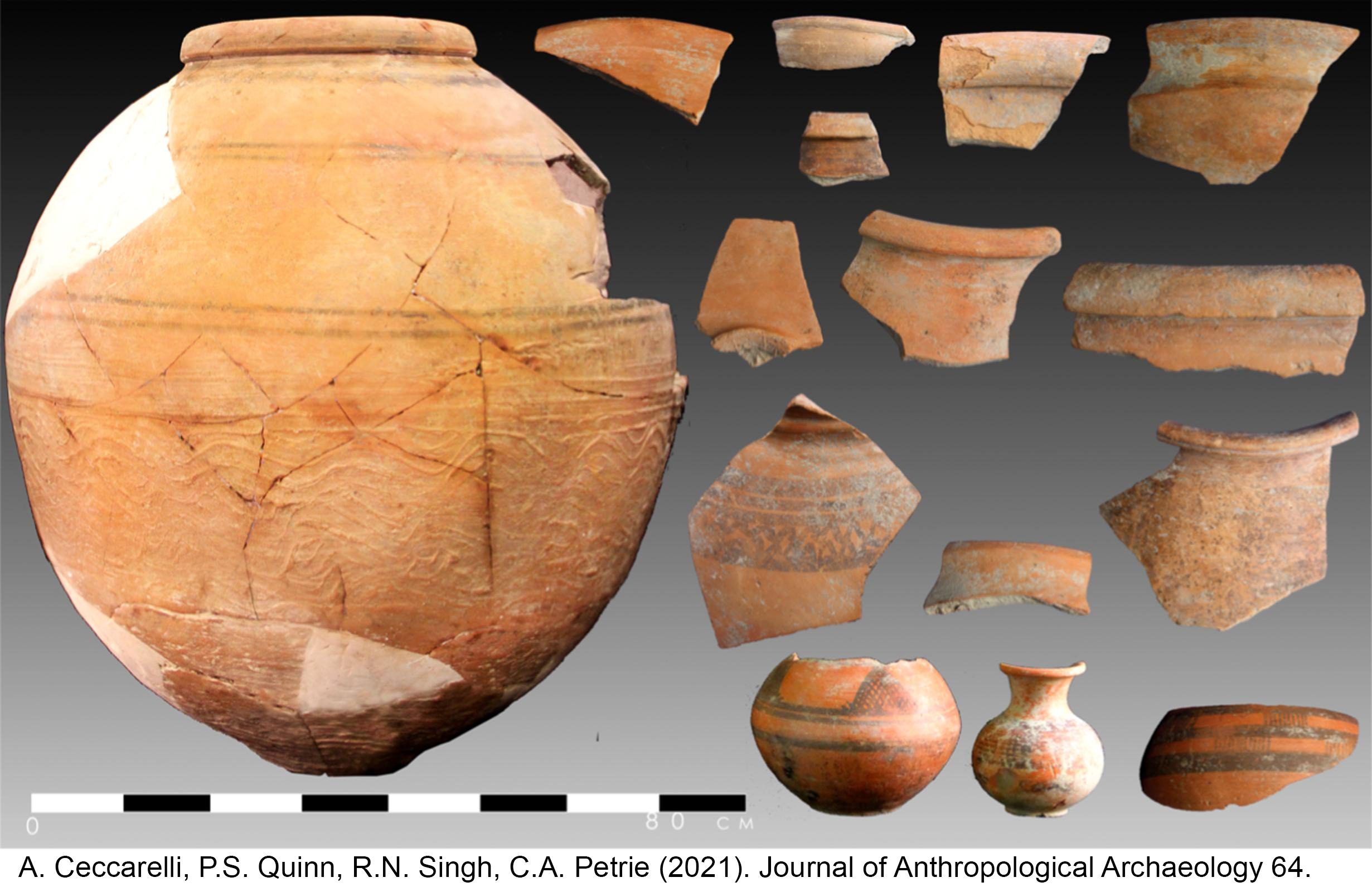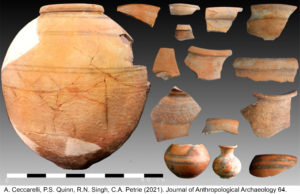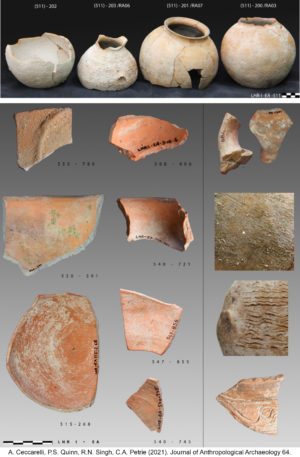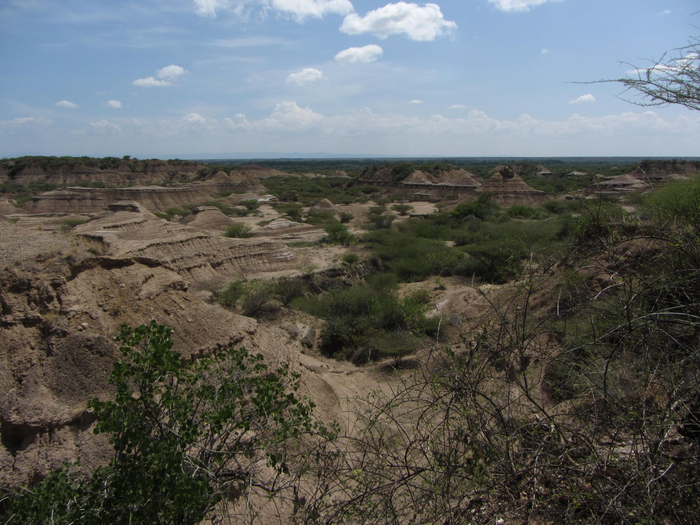
UNIVERSITY OF CAMBRIDGE—The age of the oldest fossils in eastern Africa widely recognized as representing our species, Homo sapiens, has long been uncertain. Now, dating of a massive volcanic eruption in Ethiopia reveals they are much older than previously thought.
The remains – known as Omo I – were found in Ethiopia in the late 1960s, and scientists have been attempting to date them precisely ever since, by using the chemical fingerprints of volcanic ash layers found above and below the sediments in which the fossils were found.
An international team of scientists, led by the University of Cambridge, has reassessed the age of the Omo I remains – and Homo sapiens as a species. Earlier attempts to date the fossils suggested they were less than 200,000 years old, but the new research shows they must be older than a colossal volcanic eruption that took place 230,000 years ago. The results* are reported in the journal Nature.
The Omo I remains were found in the Omo Kibish Formation in southwestern Ethiopia, within the East African Rift valley. The region is an area of high volcanic activity, and a rich source of early human remains and artifacts such as stone tools. By dating the layers of volcanic ash above and below where archaeological and fossil materials are found, scientists identified Omo I as the earliest evidence of our species, Homo sapiens.
“Using these methods, the generally accepted age of the Omo fossils is under 200,000 years, but there’s been a lot of uncertainty around this date,” said Dr Céline Vidal from Cambridge’s Department of Geography, the paper’s lead author. “The fossils were found in a sequence, below a thick layer of volcanic ash that nobody had managed to date with radiometric techniques because the ash is too fine-grained.”
As part of a four-year project led by Professor Clive Oppenheimer, Vidal and her colleagues have been attempting to date all the major volcanic eruptions in the Ethiopian Rift around the time of the emergence of Homo sapiens, a period known as the late Middle Pleistocene.
The researchers collected pumice rock samples from the volcanic deposits and ground them down to sub-millimeter size. “Each eruption has its own fingerprint – its own evolutionary story below the surface, which is determined by the pathway the magma followed,” said Vidal. “Once you’ve crushed the rock, you free the minerals within, and then you can date them, and identify the chemical signature of the volcanic glass that holds the minerals together.”
The researchers carried out new geochemical analysis to link the fingerprint of the thick volcanic ash layer from the Kamoya Hominin Site (KHS ash) with an eruption of the Shala volcano, more than 400 kilometers away. The team then dated pumice samples from the volcano to 230,000 years ago. Since the Omo I fossils were found deeper than this particular ash layer, they must be more than 230,000 years old.
“First I found there was a geochemical match, but we didn’t have the age of the Shala eruption,” said Vidal. “I immediately sent the samples of the Shala volcano to our colleagues in Glasgow so they could measure the age of the rocks. When I received the results and found out that the oldest Homo sapiens from the region were older than previously assumed, I was really excited.”
“The Omo Kibish Formation is an extensive sedimentary deposit which has been barely accessed and investigated in the past,” said co-author and co-leader of the field investigation Professor Asfawossen Asrat from Addis Ababa University in Ethiopia, who is currently at BIUST in Botswana. “Our closer look into the stratigraphy of the Omo Kibish Formation, particularly the ash layers, allowed us to push the age of the oldest Homo sapiens in the region to at least 230,000 years.”
“Unlike other Middle Pleistocene fossils which are thought to belong to the early stages of the Homo sapiens lineage, Omo I possesses unequivocal modern human characteristics, such as a tall and globular cranial vault and a chin,” said co-author Dr Aurélien Mounier from the Musée de l’Homme in Paris. “The new date estimate, de facto, makes it the oldest unchallenged Homo sapiens in Africa.”
The researchers say that while this study shows a new minimum age for Homo sapiens in eastern Africa, it’s possible that new finds and new studies may extend the age of our species even further back in time.
“We can only date humanity based on the fossils that we have, so it’s impossible to say that this is the definitive age of our species,” said Vidal. “The study of human evolution is always in motion: boundaries and timelines change as our understanding improves. But these fossils show just how resilient humans are: that we survived, thrived and migrated in an area that was so prone to natural disasters.”
“It’s probably no coincidence that our earliest ancestors lived in such a geologically active rift valley – it collected rainfall in lakes, providing fresh water and attracted animals, and served as a natural migration corridor stretching thousands of kilometers,” said Oppenheimer. “The volcanoes provided fantastic materials to make stone tools and from time to time we had to develop our cognitive skills when large eruptions transformed the landscape.”
“Our forensic approach provides a new minimum age for Homo sapiens in eastern Africa, but the challenge still remains to provide a cap, a maximum age, for their emergence, which is widely believed to have taken place in this region,” said co-author Professor Christine Lane, head of the Cambridge Tephra Laboratory where much of the work was carried out. “It’s possible that new finds and new studies may extend the age of our species even further back in time.”
“There are many other ash layers we are trying to correlate with eruptions of the Ethiopian Rift and ash deposits from other sedimentary formations,” said Vidal. “In time, we hope to better constrain the age of other fossils in the region.”
The research was supported in part by the Leverhulme Trust, the Cambridge-Africa ALBORADA Research Fund and the Natural Environment Research Council. Céline Vidal is a Fellow of Fitzwilliam College, Cambridge.
_____________________________
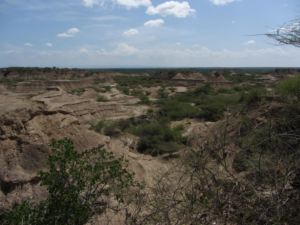
The Omo Kibish Formation in southwestern Ethiopia, within the East African Rift valley. The region is an area of high volcanic activity, and a rich source of early human remains and artifacts such as stone tools. Céline Vidal
_____________________________
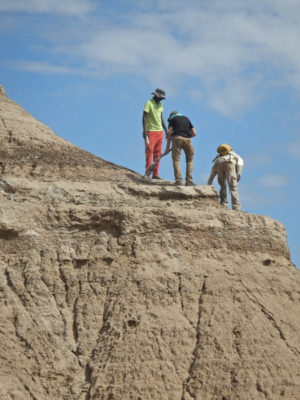
Researchers at the Omo Kibish Formation in southwestern Ethiopia, within the East African Rift valley. The region is an area of high volcanic activity, and a rich source of early human remains and artifacts such as stone tools. Céline Vidal
_____________________________
Article Source: UNIVERSITY OF CAMBRIDGE news release
*Age of the oldest Homo sapiens from eastern Africa, Nature, 12-Jan-2022. 10.1038/s41586-021-04275-8


